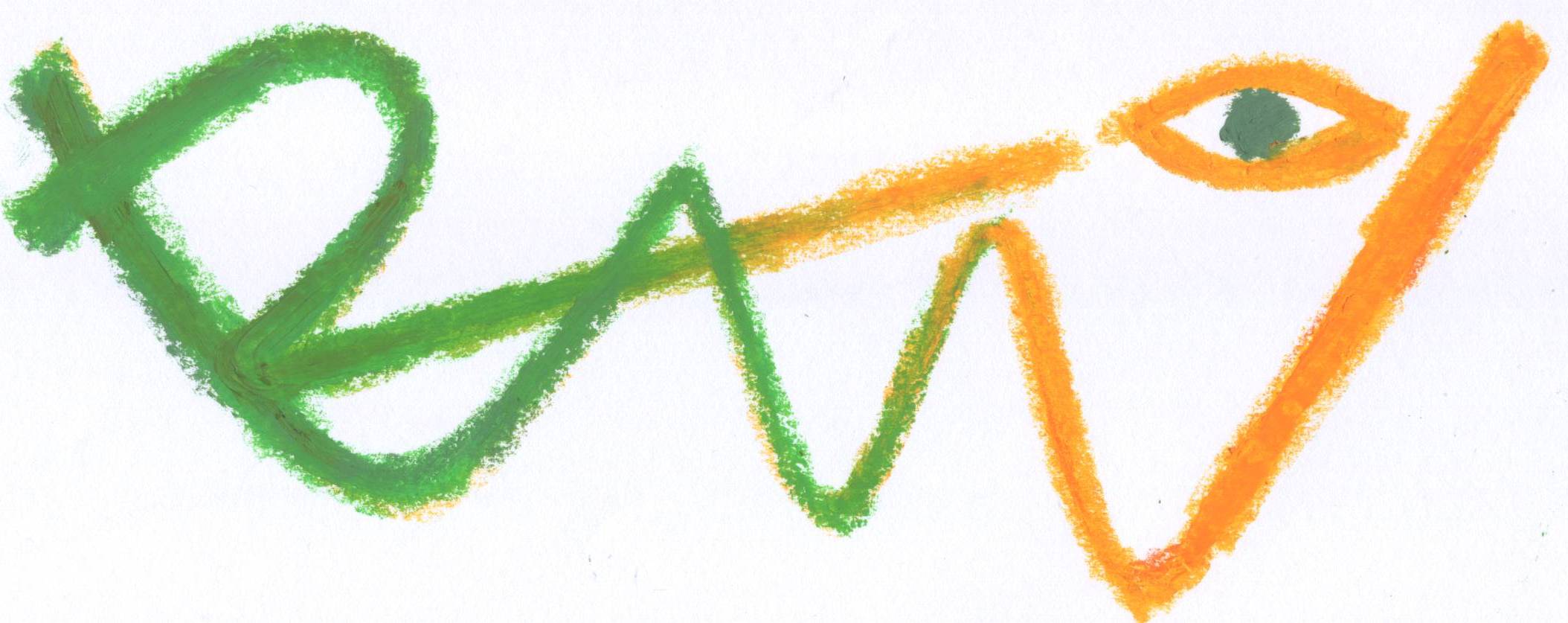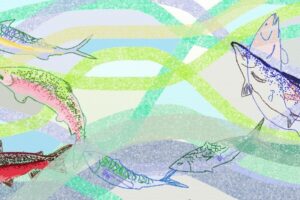The great American adventurer John Muir in his many wanderings in the early 20th century demonstrated to all those that have followed how the landscape is not only something to look upon but to be in as one. Elements invisible at a distance become apparent when one establishes a more intimate relationship.
The broad grey summit is barren and desolate-looking… wasted by ages of gnawing storms; but looking at the surface in detail, one finds thousands and millions of charming plants with leaves and flowers so small they form no mass of colour [from a distant].
Revealed – in iron – earth
How do we pick up these lasting memories whilst absorbing and being absorbed by landscape? The environment drives memories into us by subjugating doubt and harnessing the true world before our eyes. The smallest element even in isolation has myriad connotations. Placed in the wider vista it may simply disappear, yet be knowingly present. It is within these small vestiges that our incumbent understanding may request further exploration. In both the physical and intangible contexts an idea is worth its muse.







Leave a Reply
Your email is safe with us.